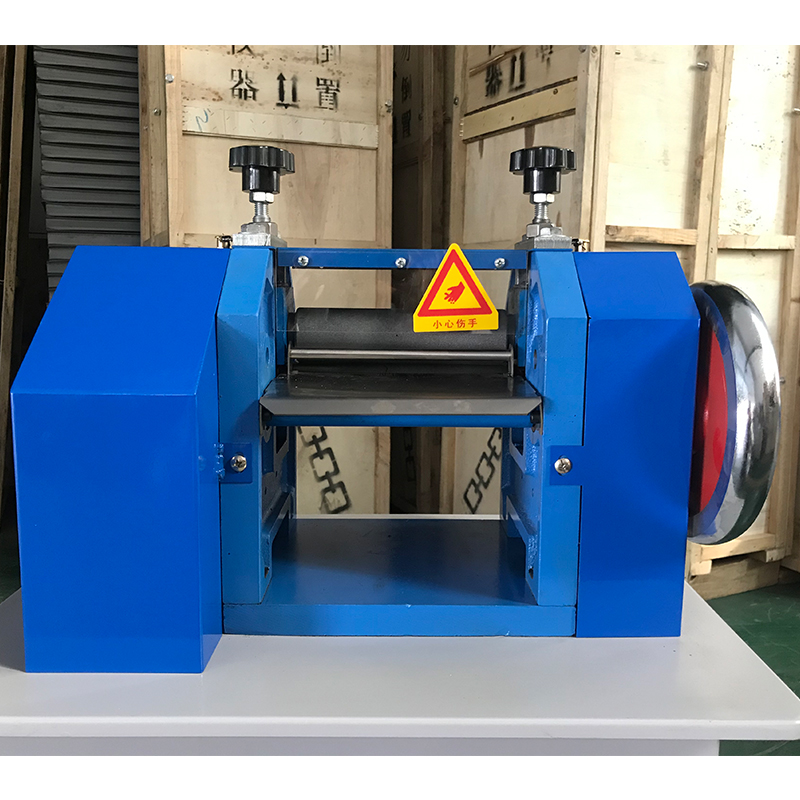machines to measure resistance
Machines to Measure Resistance An Overview
Measuring resistance is a crucial aspect of electrical engineering and electronics, serving a variety of applications from circuit design to troubleshooting. Resistance, measured in ohms, quantifies how much an object opposes the flow of electrical current. Accurate resistance measurement is fundamental to ensure the optimal performance of electrical circuits and devices, making the use of specialized machines essential in both industrial and laboratory settings.
There are several types of machines designed to measure resistance, each with its unique features and applications
. The most common devices include ohmmeters, multimeters, and more advanced equipment like bridge circuits and digital resistance meters.Ohmmeters are dedicated devices specifically crafted for measuring resistance. They work based on the principle of applying a known voltage across a resistor and measuring the resulting current. The resistance can be calculated using Ohm's law (R = V/I). Modern ohmmeters often feature digital displays for easy reading and may include functions for testing diodes and transistors as well. Their simplicity and effectiveness make them a popular choice among technicians and hobbyists alike.
machines to measure resistance

Multimeters are versatile tools that combine the functionalities of various measuring devices, including voltmeters, ammeters, and ohmmeters. They can measure AC and DC voltages, current, and resistance, making them highly useful in electrical diagnostics. Digital multimeters (DMMs) are widely used due to their accuracy and ease of use, often featuring automated settings that allow for quick resistance measurements.
For more precise applications, bridge circuits can be employed. These devices allow for the measurement of resistance with high accuracy by balancing two legs of a circuit. The most commonly known bridge is the Wheatstone bridge, which can determine unknown resistances by comparing them with known resistances. This method is particularly useful in laboratory environments where precision is paramount.
Digital resistance meters are another advanced option, designed for specific applications requiring high accuracy and low uncertainty. These devices can provide extremely precise measurements and often come with features that enhance usability, such as data logging and connectivity to computers for analysis.
In conclusion, various machines to measure resistance play vital roles in modern electronics and electrical engineering. Each device, from simple ohmmeters to complex bridge circuits, has its place depending on the specific needs of the user. As technology advances, these tools continue to evolve, providing engineers and technicians with the means to ensure that electrical systems operate efficiently and safely. Understanding the capabilities and applications of these machines is essential for anyone involved in the field of electronics, whether for professional or hobbyist purposes.
-
Why the Conductor Resistance Constant Temperature Measurement Machine Redefines Precision
NewsJun.20,2025
-
Reliable Testing Starts Here: Why the High Insulation Resistance Measuring Instrument Is a Must-Have
NewsJun.20,2025
-
Flexible Cable Flexing Test Equipment: The Precision Standard for Cable Durability and Performance Testing
NewsJun.20,2025
-
Digital Measurement Projector: Precision Visualization for Modern Manufacturing
NewsJun.20,2025
-
Computer Control Electronic Tensile Tester: Precision and Power for the Modern Metal Industry
NewsJun.20,2025
-
Cable Spark Tester: Your Ultimate Insulation Assurance for Wire and Cable Testing
NewsJun.20,2025
 Copyright © 2025 Hebei Fangyuan Instrument & Equipment Co.,Ltd. All Rights Reserved. Sitemap | Privacy Policy
Copyright © 2025 Hebei Fangyuan Instrument & Equipment Co.,Ltd. All Rights Reserved. Sitemap | Privacy Policy
